Priority should be given to three areas: cement, steel and electricity.
The Government has just announced that it will assign the Ministry of Industry and Trade to preside over and coordinate with ministries and branches, proactively dialogue with partners in the process of implementing tasks on the European Union (EU) Carbon Border Adjustment Mechanism (CBAM).
Ministries are responsible for studying the possibility of expanding the scope of application of CBAM, especially for agricultural and forestry products; studying appropriate support and exemption mechanisms for Vietnam; continuing to monitor developments in partner countries such as the US and Canada regarding the application of CBAM; studying, negotiating, and joining bilateral and multilateral international forums and frameworks to enhance the ability of cooperation and international recognition of Vietnam's policies and regulations related to carbon pricing.
Sharing at a seminar on carbon credits, Mr. Dang Thanh Long - Head of Training and Sustainable Development at Intertek Vietnam, said that in the ambition to become a carbon neutral region by 2050, the Carbon Border Adjustment Mechanism (CBAM) was established under Regulation 2023/956 of the European Parliament and Council.
This mechanism is designed to avoid “carbon leakage” where EU businesses can move carbon-intensive production activities abroad to take advantage of lax standards, creating a green mechanism for imported goods from outside the EU through a system of properly pricing the amount of carbon emitted during the production process, thereby encouraging production to reduce emissions.
CBAM imposes a carbon tax on all goods imported into EU markets based on the greenhouse gas emission intensity of their production processes in the host country.
Mr. Long himself has a lot of experience working in businesses specializing in assurance, testing, inspection, and certification. The above 6 types of goods are related to more than 10,000 businesses, and are inputs in three major fields: energy, industry, and aviation participating in the EU ETS market.
The EU ETS has been in place since 2005, requiring businesses in EU industries to pay for each ton of carbon emitted into the environment.

Carbon tax is considered one of the most effective solutions to regulate annual carbon emissions in accordance with the 2015 Paris agreement on climate change that countries have signed, Mr. Long shared.
Assessing the impacts of CBAM on Vietnam, this expert said that, in terms of the entire economy , the impact of CBAM is not large, but for each industry and each enterprise, the decrease in export value is not a small number, increasing pressure on enterprises.
According to Mr. Long, when Vietnam has a carbon credit market, businesses that have paid carbon fees will be deducted from their exports to Europe. Thus, if the carbon market operates late, businesses will suffer losses.
Therefore, third-country producers need to calculate the “embedded” emissions in their exports, including direct and indirect emissions.
Regarding the perspective of giving advice to businesses participating in the carbon credit market, Mr. Dang Thanh Long said that the transaction price for 1 carbon credit in the market is very high and tends to increase over time.
Mr. Long gave an example: the price of 1 carbon credit in 1 ton of steel is currently trading at around 80-100 euros. By 2030, this level could reach 300 euros, 3 times higher than the current time.
Among the 6 types of production affected by the CBAM mechanism, Mr. Long acknowledged that there will be surplus enterprises. Accordingly, he suggested prioritizing efforts in 3 sectors including cement, steel and electricity. He estimated that about 200 enterprises will be affected by the CBAM mechanism, so enterprises in these sectors need to have early plans to adapt.
Without a roadmap, it would be impossible to meet Europe's demands.
In the draft Decree amending and supplementing a number of articles of Decree No. 06/2022/ND-CP dated January 7, 2022 of the Government regulating the reduction of greenhouse gas emissions and ozone layer protection, the Ministry of Natural Resources and Environment cited the experience of countries that have operated carbon markets, in which in the initial stage the Government only allocated quotas to large emission sectors.
In addition, the EU has begun to apply CBAM to control greenhouse gas emissions and apply carbon taxes on imported goods into the EU including: iron and steel, aluminum, cement, electricity, hydrogen, and fertilizers.
Not only the EU, the US also plans to apply the CBAM mechanism to eight export-related products of Vietnam. At the same time, establishments are responsible for submitting periodic greenhouse gas inventory reports every two years.
The results of the greenhouse gas inventory are the basis for the operation of the greenhouse gas emission quota trading market. Therefore, the time of quota allocation must follow a roadmap that is consistent with the time when facilities submit their greenhouse gas inventory reports.
Therefore, the draft proposes to supplement the quota allocation roadmap, in the first phase, quotas will be allocated to facilities with large emissions in 3 areas: thermal power, iron and steel production, and cement production. It is expected that about 200 facilities will be allocated quotas in the first phase, accounting for about 45% of the total emissions of facilities that must conduct greenhouse gas inventories.
Experts say that domestic enterprises are currently not familiar with and not many have the capacity to build reports related to greenhouse gas emissions, or to calculate the emission rate of products and goods, not only products and goods produced in Vietnam but also raw materials and fuel purchased from outside.
For businesses that are not prepared in advance and do not have a roadmap, they will not be able to meet the requirements of Europe. Therefore, businesses need to proactively build standards related to their environment, governance and society to raise awareness and implementation capacity, so that when there is a requirement for conversion, businesses can apply it immediately.
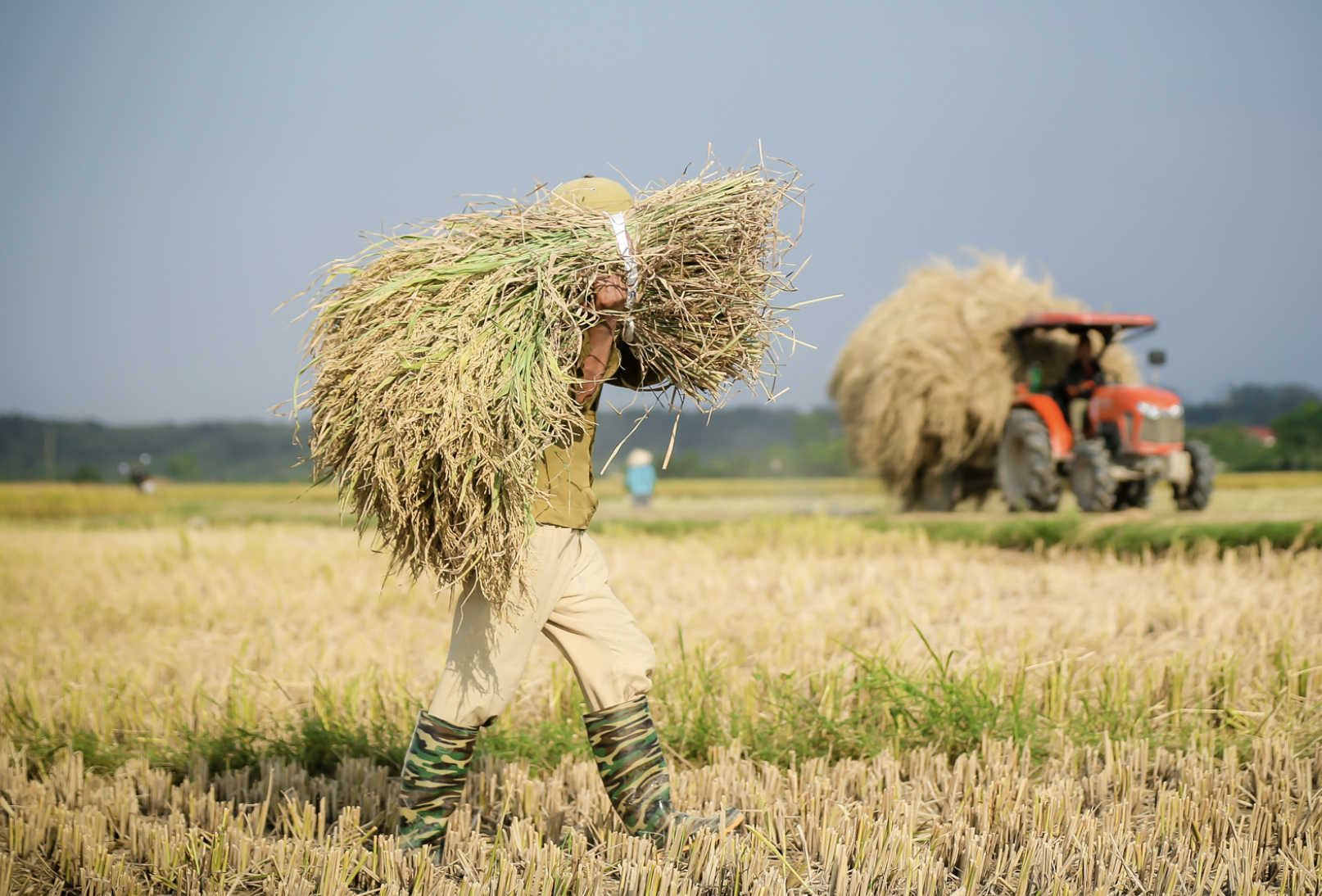
Source: https://vietnamnet.vn/neu-thi-truong-carbon-van-hanh-muon-cac-doanh-nghiep-se-bi-thiet-2312456.html







![[Photo] Urgently help people soon have a place to live and stabilize their lives](/_next/image?url=https%3A%2F%2Fvphoto.vietnam.vn%2Fthumb%2F1200x675%2Fvietnam%2Fresource%2FIMAGE%2F2025%2F12%2F09%2F1765248230297_c-jpg.webp&w=3840&q=75)




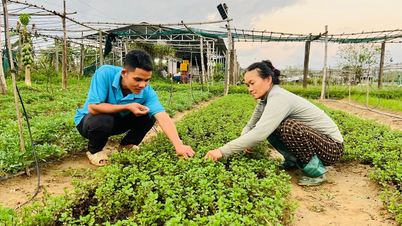




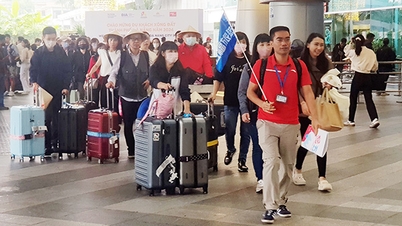


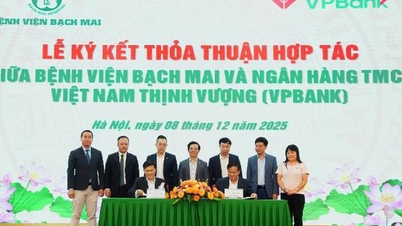
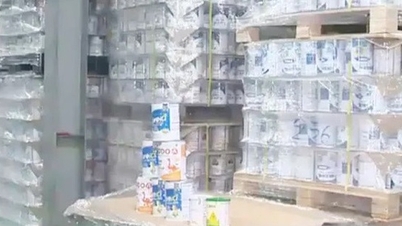
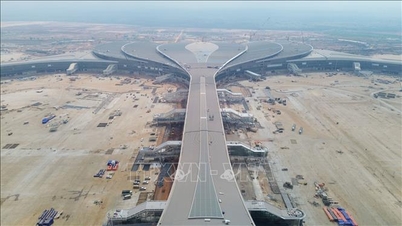









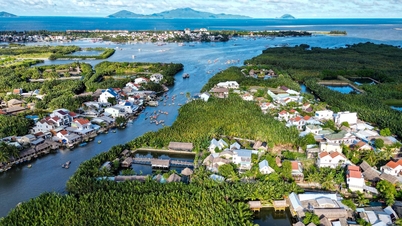










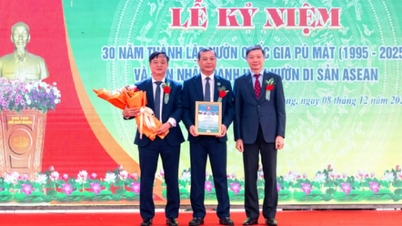

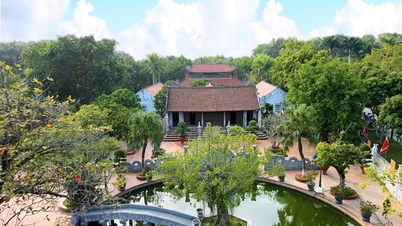
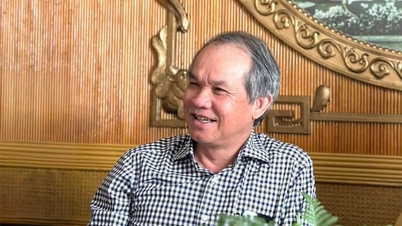


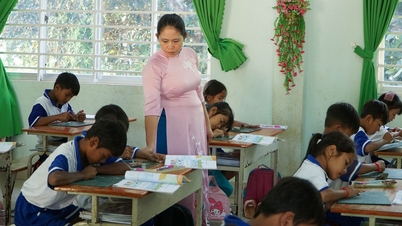

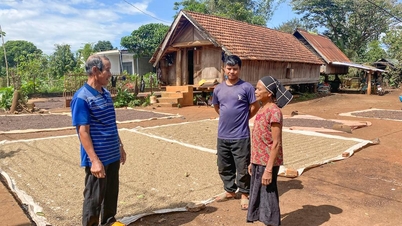





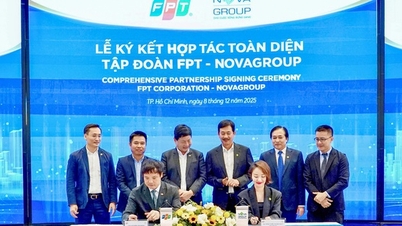
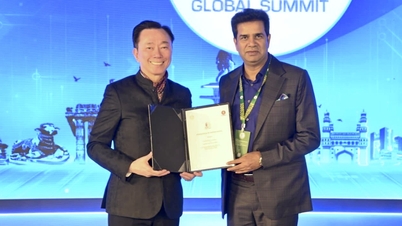
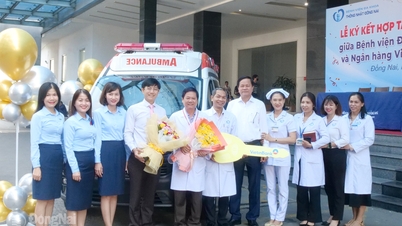
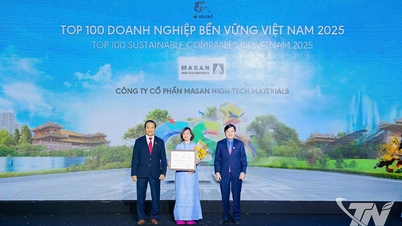


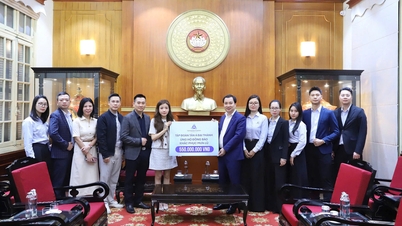



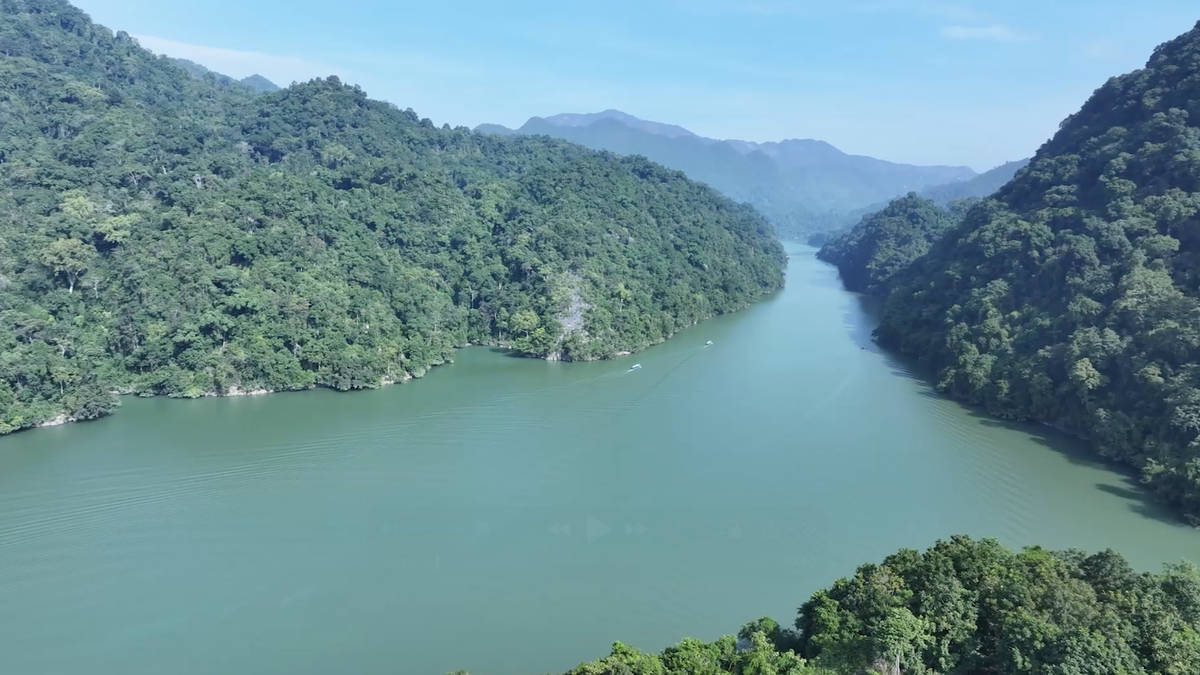



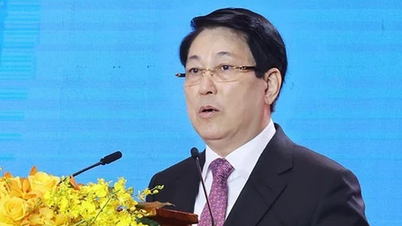
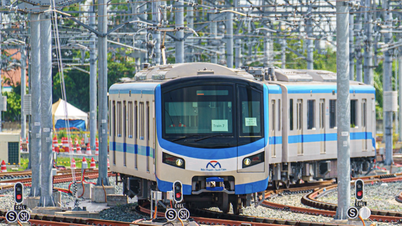
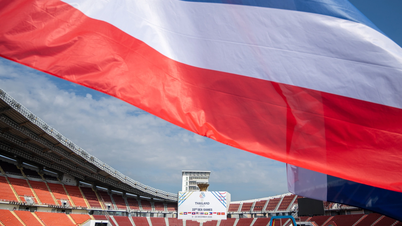

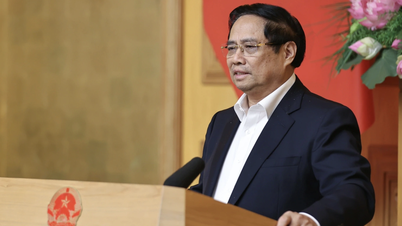


![[Photo] General Secretary To Lam works with the Standing Committees of the 14th Party Congress Subcommittees](https://vphoto.vietnam.vn/thumb/402x226/vietnam/resource/IMAGE/2025/12/09/1765265023554_image.jpeg)




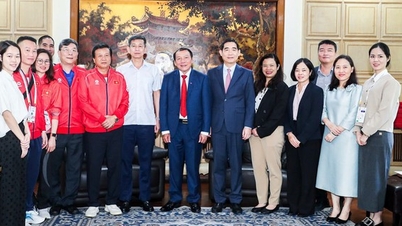


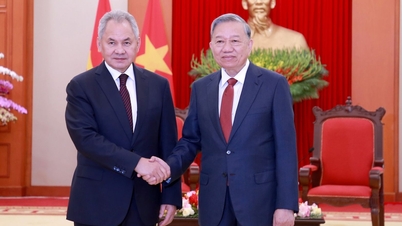

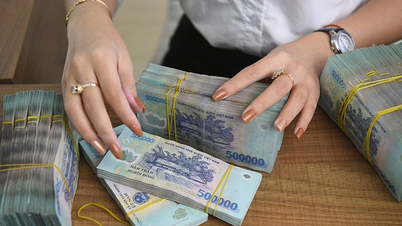


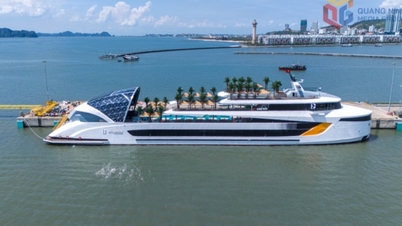
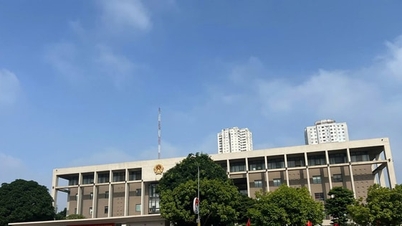


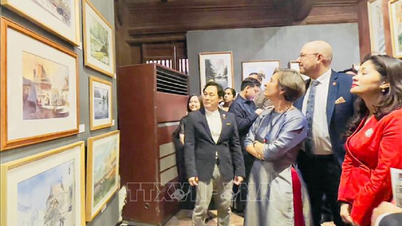









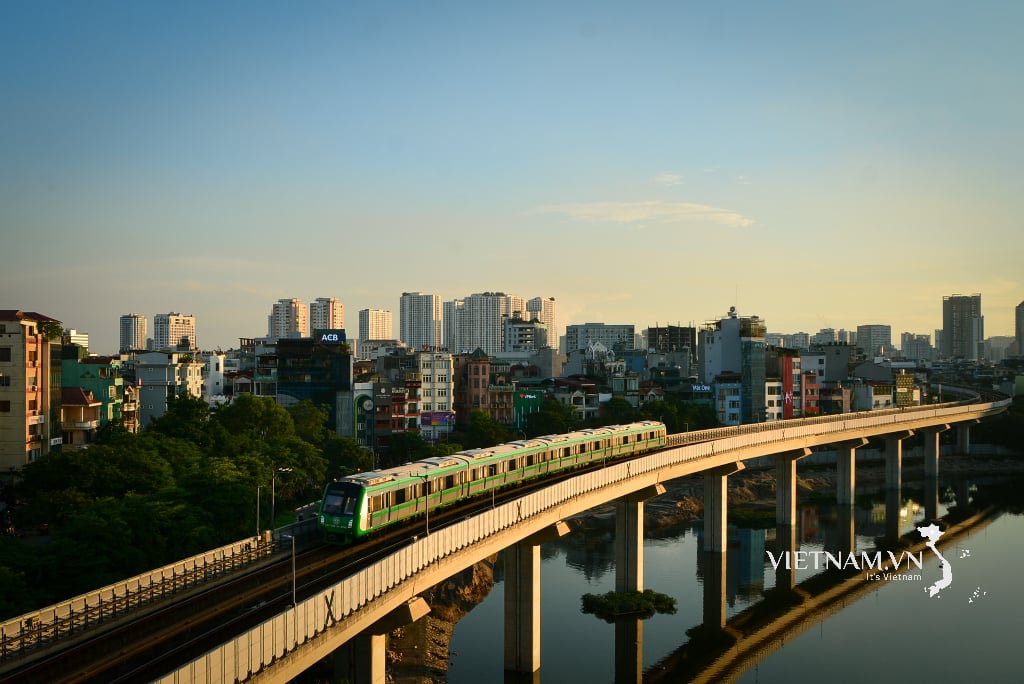

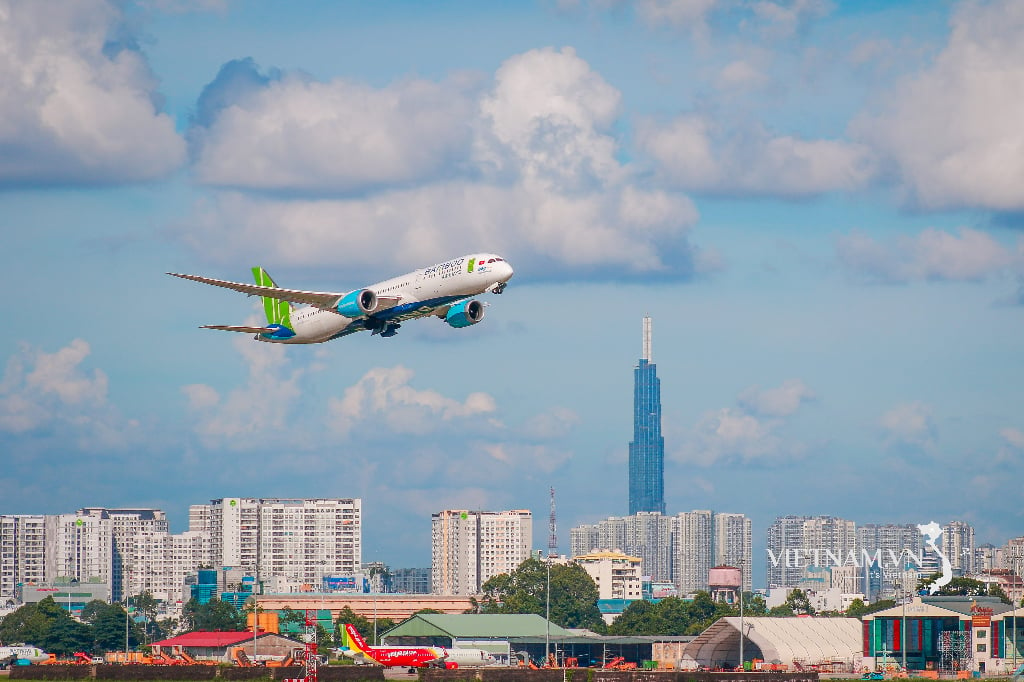





Comment (0)